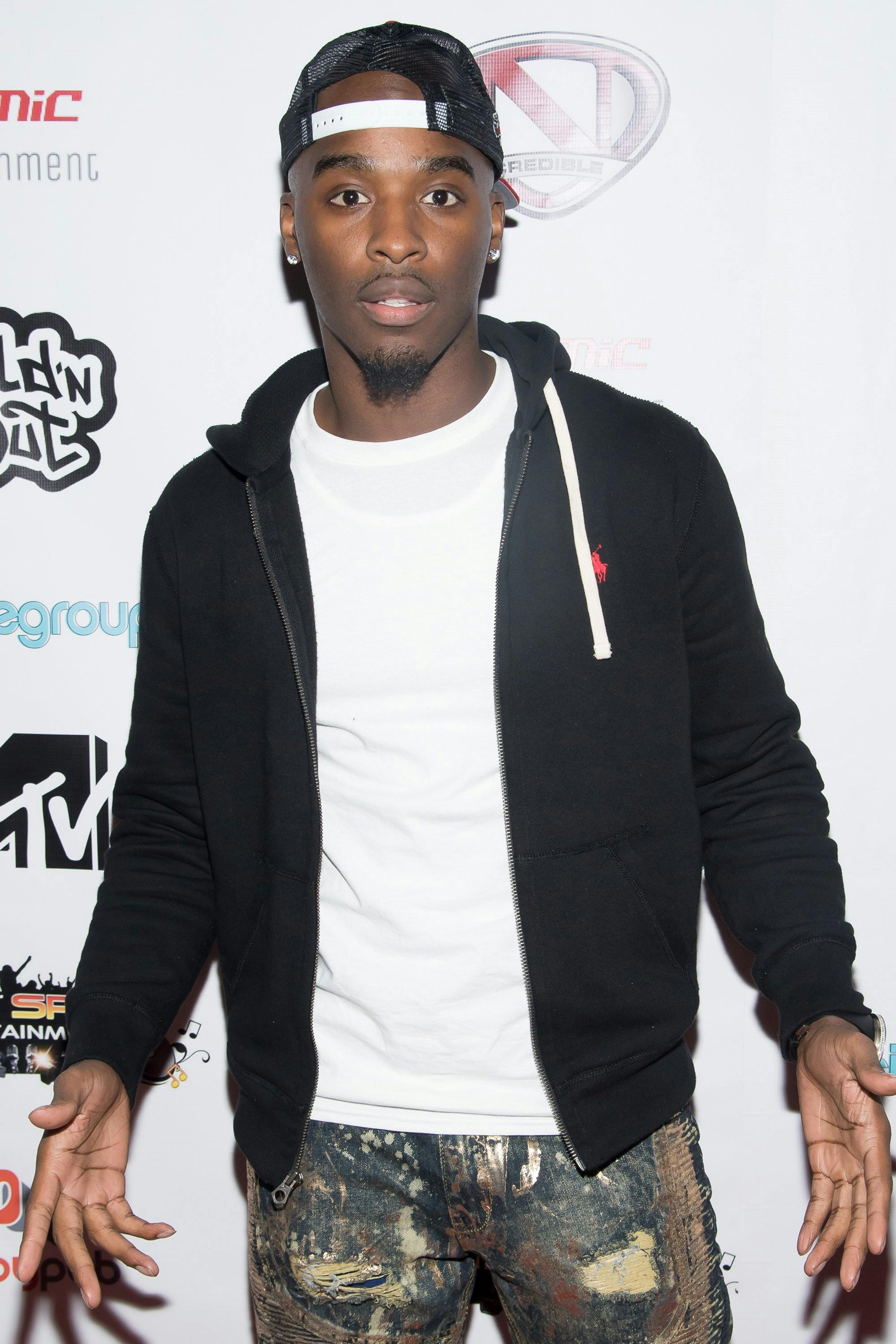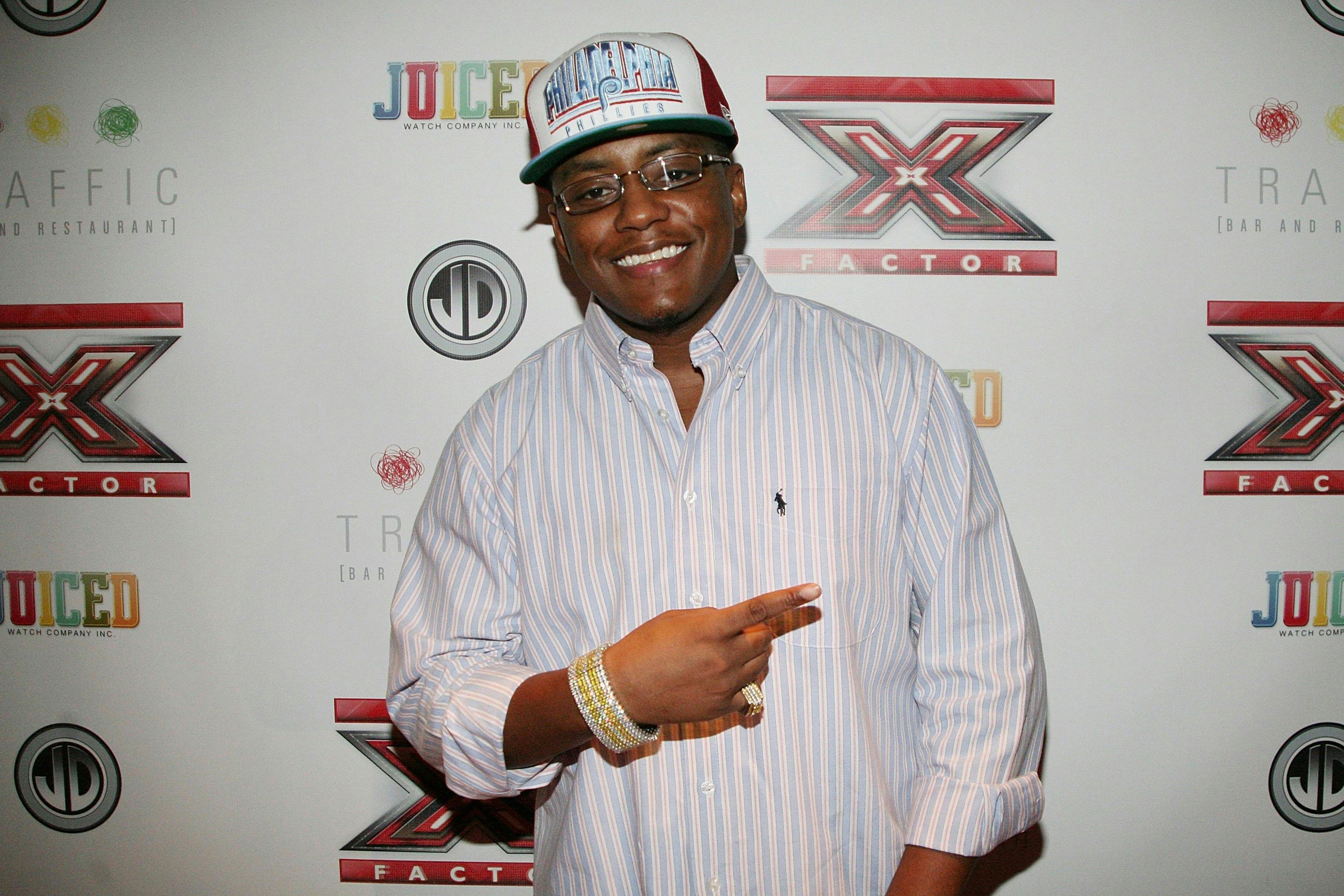
Battle rap is Hip-Hop’s lifeblood. The art of two MCs sparring for a crowd is as pure as it is essential, drawing from the classic early days when artists like the Cold Crush Brothers battled the Fantastic Freaks on bootleg tapes that would circulate around New York City in the late 1970s. The essence of, “I’m better than you, and I can prove it” is Hip-Hop’s great equalizer.
Today battle rap tends to be less freestyle-oriented than it was in earlier eras. It’s more like three rounds of prepared, clever rhyming aimed at tearing down an opponent, as opposed to off-the-cuff spontaneity. Rhymers like Dizaster and Hitman Holla showcase lyricism in its rawest form, and careers have been made on such performances.
Battle rap flourishes in a variety of spaces these days, including popular TV shows like MTV’s Wild ’N Out and TBS’ competition Drop the Mic. But the culture is most evident away from network TV and toward the in-your-face realism of Ultimate Rap League (URL) battles that score on YouTube or the immediacy of Canada’s King of the Dot competition series.

Hitman Holla attends Wild ‘N Out Live at Arena NYC on November 4, 2016 in New York City. / Photo by Mike Pont/WireImage
While the rap industry’s biggest names may vie for the upper reaches of the Billboard charts, the art of battle rap sharpens the expressive techniques of MCing without the adornments of pop stardom.
Such is how it is, such is how it has always been, whether it was Kool Moe Dee’s legendary 1982 Harlem World battle with Busy Bee or the unforgettable Supernatural vs Juice battle in 1999 at The Wake Up Show’s ninth anniversary party.
Back in 1997, Juice had defeated an up-and-comer from Detroit named Eminem, and two years later, his name was mentioned to Supernatural as someone to go at following ’Nat’s infamous showdown with Craig G.
“They were like, ‘We got this guy, Juice. Son is mad nice; we think he can beat you,’ ” Supernatural told Talib Kweli this year. “I said, ‘If this time we battle? We battle for the paper. Y’all gotta put some money up. I’m not getting into the ring for entertainment anymore, not for [your] entertainment.’ ”
That sentiment propelled battle rap forward as an industry in the 2000s. Battling has made legends, broken superstars, and defined generations of rhymers and Hip-Hop enthusiasts. As more mainstream platforms caught on in the wake of Eminem’s hit 2002 movie 8 Mile, battle rappers got more attention than ever. Jin and Loaded Lux breaking through via 106 & Park’s “Freestyle Fridays” and the rise of the SMACK DVD-era redefined how far battle rap could reach and how high it could propel artists. Founded by Troy “Smack” Mitchell, Eric Beasley, and Jean “Cheeko” French, the SMACK DVDs became a battle rap staple in the early 2000s.
“I thought it would be dope if the content you heard on mixtapes was visualized,” Smack recalled in 2012. “People weren’t able to see Jadakiss and DMX going for 24 bars on video. MTV and BET had to be political and censored. You didn’t get the real character of the rappers, who they really were. I wanted people to see them in their environment, when they are on the block, on tour, or in the studio.”
Of course, as YouTube emerged, things had to evolve. SMACK transitioned into URL, joined by Canada’s King of the Dot.

Tsu Surf attends the BET Hip Hop Awards 2014 presented by Sprite at Boisfeuillet Jones Atlanta Civic Center on September 20, 2014 in Atlanta, Georgia. / Photo by Bennett Raglin/BET/Getty Images for BET
Rhymers like Arsonal, DNA, Tsu Surf, and Hitman Holla dominate the scene going into 2020. While Murda Mook’s status as an icon is unassailable, Tsu Surf and Norbes are among those who feel that calling him “best” is questionable. Years ago, Surf called Mook’s legacy into question, as the veteran MC held fast to his position as the standard-bearer for battle rappers. In 2015, Mook defended his legacy in an interview with Tsu Surf:
“You know what’s funny? You are me when I was young, nigga. You are me, nigga. I made you, bro. I made all of you niggas. I made all of y’all. Everybody know that until you beat me, you second. I don’t give a fuck who it is. Niggas don’t say, ‘Can he beat Surf?’ Niggas don’t say that. Niggas say, ‘Yo, can he beat Mook?’ ”
If anyone is qualified to question the hierarchy in battle rap, it’s Tsu Surf.
The Jersey native born Rajon Cox is one of the game’s most celebrated for a reason. He’s battled the likes of Hitman Holla, Hollow Da Don, Conceited, and Charlie Clips. Surf is a revered battle rapper as well as a formidable force in the recording studio, having recorded with a slew of top-notch talent, including Jadakiss and Wale. Kevin Durant is one of his biggest fans. A stint in prison and a shooting in 2018 slowed his return to the battle rap scene, but Surf recovered and released the acclaimed Seven 25.
Rhymers like Tsu Surf, Murda Mook, Loaded Lux, and Hollow Da Don came to define battle rap in the 2000s. Hollow famously tallied seven undefeated weeks on 106 & Park’s “Freestyle Fridays,” furthering his rep at NYC’s Fight Klub and hitting the SMACK/URL circuit in the 2010s. Over the years, he’s battled luminaries such as Loaded Lux, Arsonal, Tsu Surf, Joe Budden, and Illmaculate. Their reputations came to define this artistic expression as its visibility would crescendo in the late 2000s through the early 2010s, and they remain the standard by which contemporary battling is judged.
Loaded Lux’s 2012 battle with Calicoe became the stuff of legend. Lux’s breakdown of his opponent, offering self-help tips as much as severe put-downs, led to the video becoming a viral sensation. And Lux dropping signature phrases like, “You gonna get this work” would find their way into the pop culture lexicon, signifying just how impactful battle rap had become at the dawn of the URL era. And established stars would find a different audience on which to build cred that looked beyond charting hits.

Cassidy Rapper attends the “X Factor” New York Premiere / Photo by Kristen Blush/ Getty Images
As one who exemplifies battle rap relevance, Cassidy’s success as a major artist is dwarfed by his battle rap legacy. The Philadelphia rapper emerged in that city’s scene in the late 1990s, and over the past two decades has sparred with just about everyone, including his highly publicized 2012 back-and-forth with Meek Mill and his battling with Goodz last year at an URL event.
Gillie Da Kid’s Instagram comments from last year sparked a war of words with Cassidy over the Goodz battle. However Goodz’ defeat of Cassidy helped remind all comers that the battle rap arena is always thriving, and industry success, visibility and notoriety mean nothing when it comes to bars.
And with a superstar like Drake championing battle rap (he’s a frequent attendee and sometimes- host of King of the Dot battles in Toronto), the medium seems poised for another mainstream breakthrough in the 2020s. Drake’s teaming with URL and the streaming service Caffeine to air URL battles on the service is possibly a game changer, with Drizzy in the unique position to help do for battle rap today what Eminem and 8 Mile did almost 20 years ago, in terms of heightened visibility.
At the top of this new decade, battle rap remains as an essential component of MCing. Alongside ever-present YouTube, the immediacy of Instagram, and the shine of the mainstream co-signs, the art form is in the strong hands of hungry newcomers and revered veterans. Unlike the rap industry that sits alongside it, the culture of battle rap embraces its lineage while cultivating contemporary stars and newcomers. It’s about skills and presence, and this is the arena in which those attributes count more than anything, as well as the voices that continue to sustain it.
LA-based Danny Myers has 75 battles on his docket and a whopping 12 million views. Brooklyn-based Ms. Fit officially logged 10 battles and amassed more than 4 million views against challengers such as Bonnie Godiva and Phara Funeral. Veteran DNA has battled talent such as Danny Myers, Mickey Factz, Dizaster, and Arsonal and can lay claim to being the most viewed battle rapper in history. And legends like Murda Mook, Tsu Surf, Loaded Lux, and Cassidy are as integral to the scene as they’ve ever been.
Battle rap is as vital as ever. More opportunities, more visibility, and more money haven’t robbed it of its energy. With a multitude of platforms and personalities, it remains the best showcase for the timeless of art of MCing. It may not be limited to the park anymore, but the heart still beats the same.
* Banner Image: Murda Mook attends G Herbo Alife Sessions on September 28, 2017 in New York City. / Photo by Shareif Ziyadat/Getty Images



